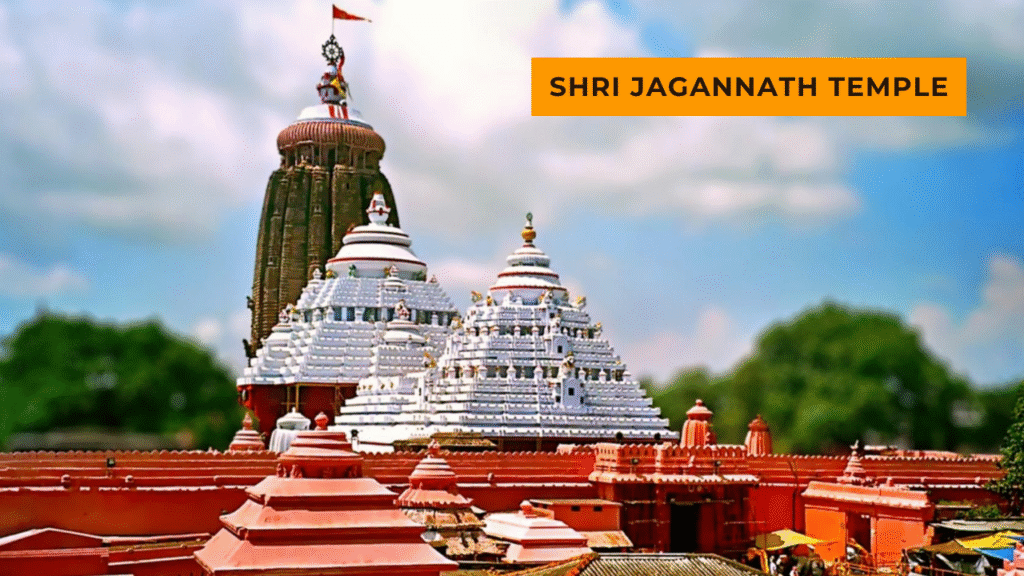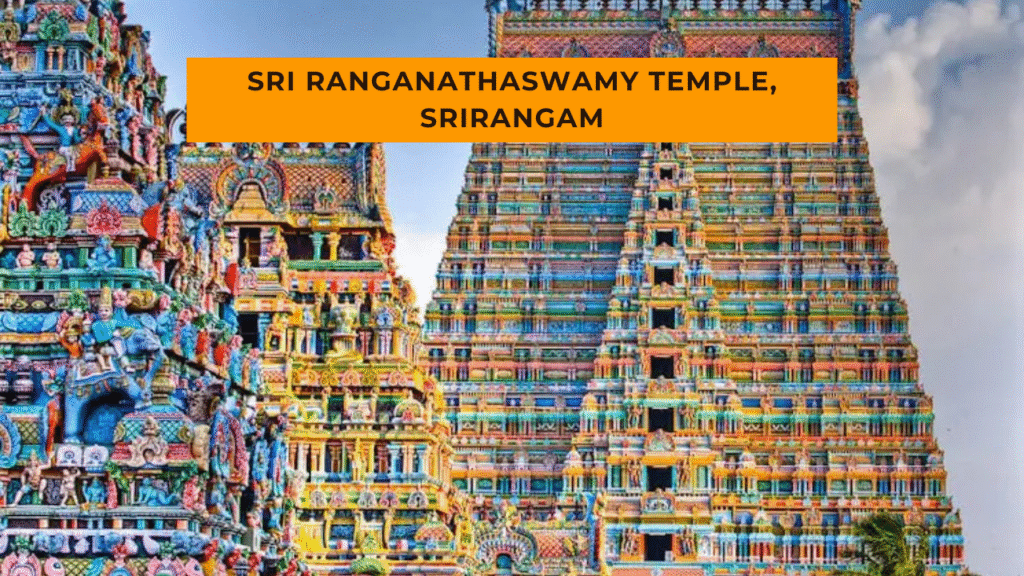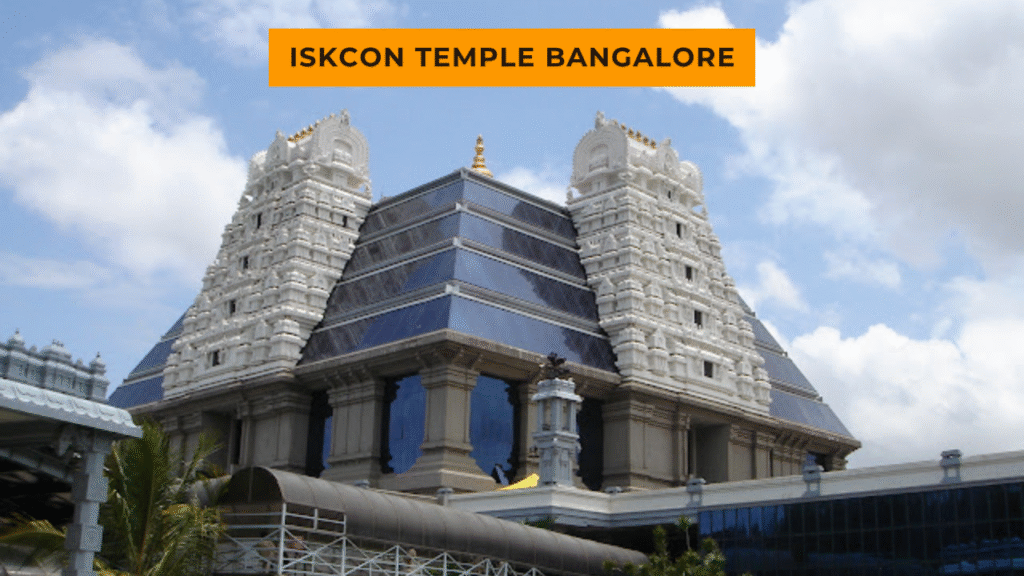Located in the coastal city of Puri in Odisha, Shri Jagannath Temple stands as one of the most revered spiritual landmarks in India. More than just a place of worship, this temple is a living embodiment of India’s ancient religious traditions, architectural brilliance, and deep-rooted cultural ethos. Every year, millions of devotees and travelers flock to Puri to witness the divine aura of Lord Jagannath and take part in rituals that have been preserved for over 800 years.
| Location | Puri, Odisha, India |
| Deities Worshipped | Lord Jagannath, Lord Balabhadra, and Devi Subhadra |
| Founded In | 12th Century CE by King Anantavarman Chodaganga Deva |
| Architectural Style | Kalinga architecture |
| Main Tower Height | Approx. 65 meters (214 feet) |
| Major Festival | Rath Yatra (Chariot Festival), celebrated annually in June/July |
| Unique Features | No shadow, reverse wind flag, sound silence, top pot cooks first |
| Sacred Offering | Mahaprasad – 56 varieties of vegetarian food cooked in earthen pots |
| Pilgrimage Importance | Part of Char Dham (along with Badrinath, Rameswaram, and Dwarka) |
| Temple Entry | Only Hindus are allowed inside; others can view from nearby platforms |
A Glimpse into the Past
The origins of the Shri Jagannath Temple trace back to the 12th century CE, built during the reign of King Anantavarman Chodaganga Deva of the Eastern Ganga dynasty. The temple is primarily dedicated to Lord Jagannath, an incarnation of Lord Vishnu or Krishna. Alongside him are his siblings—Balabhadra (brother) and Subhadra (sister).
What sets this temple apart is the wooden representation of the deities, unlike the usual stone or metal idols seen in most Hindu temples. These idols are carved from sacred neem wood and are replaced periodically in a grand ritual known as Nabakalebara, which occurs every 12 to 19 years. The process symbolizes the concept of life, death, and rebirth, making it a profound spiritual event for devotees.
Architectural Marvel of Kalinga Style
The temple is an architectural masterpiece built in the Kalinga style, a distinctive form of temple architecture native to ancient Odisha. The structure stands on a raised platform covering over 400,000 square feet, with high boundary walls enclosing the temple complex.
The main tower, known as the Shikhar, rises to a height of approximately 65 meters (214 feet) and is topped by a wheel (chakra) and a flag, both of which hold deep symbolic meaning. The chakra is believed to protect the temple and the city, while the flag is changed every day—a ritual performed by temple priests who climb the towering structure without any safety gear.
The temple has four grand entrances from the four cardinal directions—Singhadwara (Lion Gate), Ashwadwara (Horse Gate), Vyaghradwara (Tiger Gate), and Hastidwara (Elephant Gate). Among them, Singhadwara is the most prominent and serves as the main entry point for devotees.
Mysteries That Defy Science
The Shri Jagannath Temple is also famous for several unexplained phenomena that intrigue not only devotees but also scientists and engineers:
No Shadow Phenomenon: Despite its towering height, the temple’s shadow never falls on the ground at any time of the day.
Reverse Wind Direction: The temple’s flag always flutters in the opposite direction of the wind. This baffling observation remains scientifically inexplicable.
Sound Silence: When one enters the temple premises, especially near the main sanctum, the sound of the ocean, which is otherwise clearly audible outside, mysteriously vanishes.
Cooking Logic Defied: In the temple’s massive kitchen, food is cooked in earthen pots stacked one above the other. Surprisingly, the food in the topmost pot gets cooked first, followed by the ones below.
The Grand Rath Yatra – A Festival of Faith
The temple’s most iconic and widely celebrated event is the Rath Yatra, also known as the Chariot Festival, held annually in June or July. During this event, the deities—Jagannath, Balabhadra, and Subhadra—are brought out of the sanctum and placed on three colossal wooden chariots.
Millions of devotees gather to pull the chariots through the streets of Puri to the Gundicha Temple, about 3 kilometers away. This act of pulling the chariot is considered highly auspicious and is believed to cleanse one of sins and bring divine blessings.
The festival reflects a beautiful philosophy of inclusion. People from all walks of life, regardless of caste, creed, or religion, come together in a spirit of unity and devotion.
Mahaprasad – The Sacred Offering
Food holds a special place in the traditions of the Jagannath Temple. The Mahaprasad—the sacred offering to the deities—is a divine culinary experience. The temple kitchen, said to be the largest in the world, prepares over 56 varieties of food items daily, known as the Chappan Bhog.
What makes the Mahaprasad unique is its community-serving nature. After being offered to the deities, the food is distributed to thousands of devotees without discrimination. The cooking is done using firewood in earthen pots, preserving traditional flavors and sanctity.
Religious Significance and Pilgrimage
The Jagannath Temple is one of the Char Dham pilgrimage sites in Hinduism, which include Badrinath, Dwarka, and Rameswaram. It is believed that every devout Hindu must visit these four sacred places to attain spiritual liberation (moksha).
Unlike many other temples in India, where non-Hindus may have limited or no access, the sanctum of the Jagannath Temple does not allow entry to non-Hindus. However, visitors can admire the architecture from the Raghunandan Library or from a nearby elevated platform known as Suna Kua.
Conclusion: A Timeless Spiritual Journey
Shri Jagannath Temple is more than a religious monument. It is a timeless institution that combines spirituality, culture, history, and community values. It inspires awe with its majestic structure, mystifies the curious with its unexplained phenomena, and unites millions through its inclusive festivals and rituals.
Whether you are a pilgrim seeking divine blessings or a traveler exploring India’s rich heritage, a visit to the Jagannath Temple in Puri promises a deeply transformative experience—one that touches the soul and stays etched in memory.



